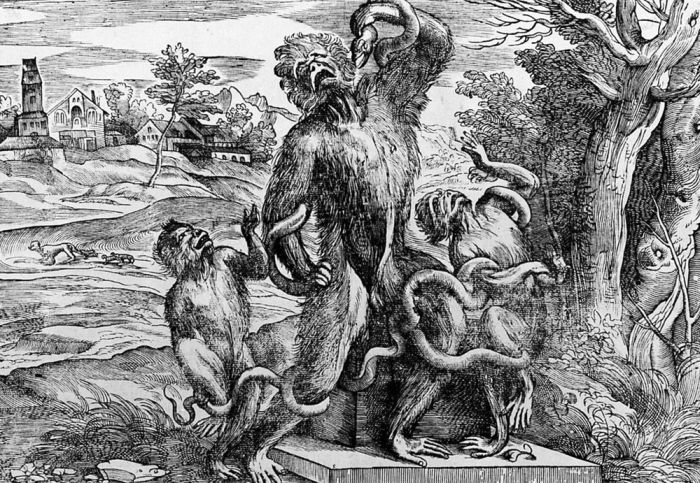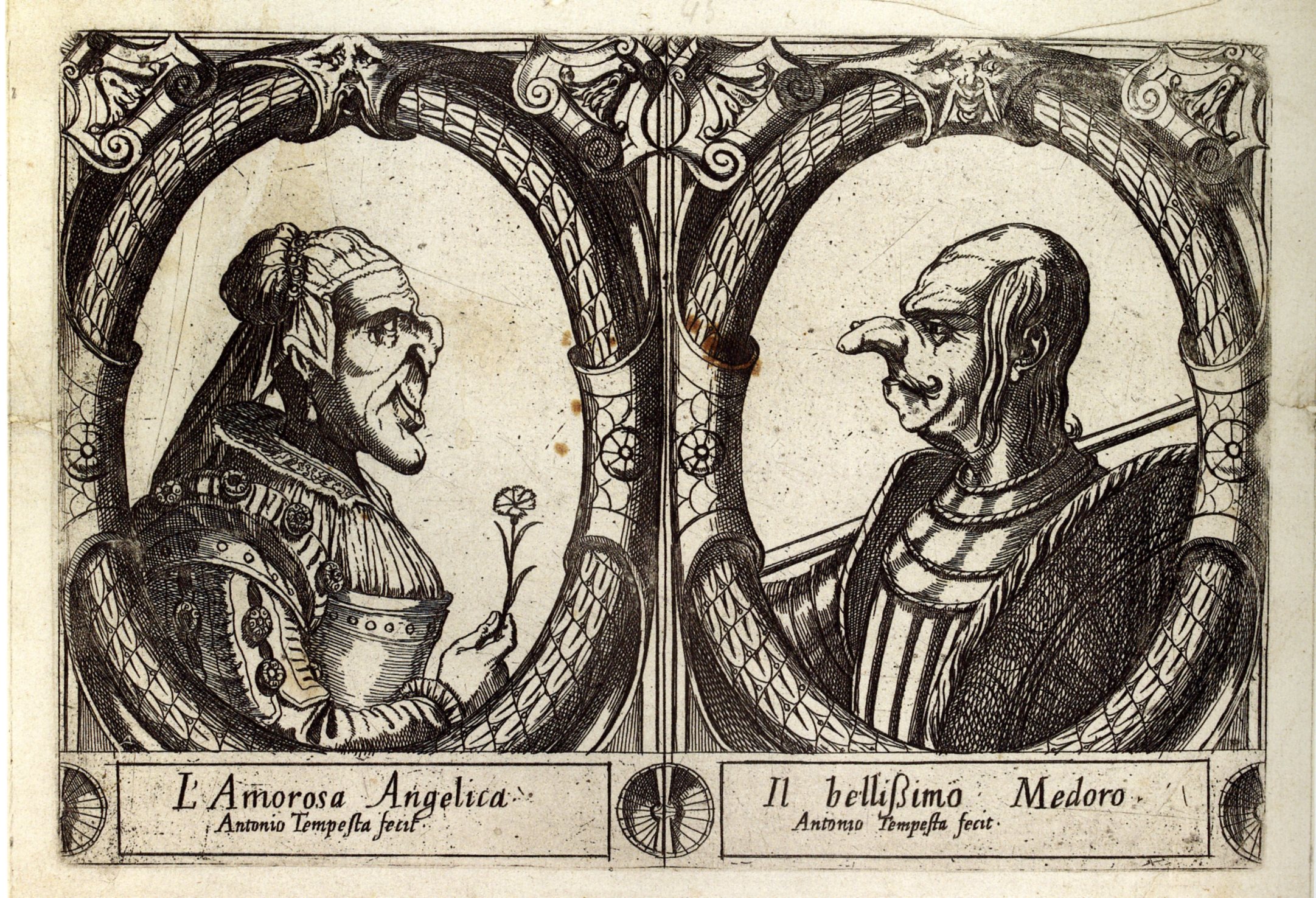I’m pleased to announce the release of the new issue of the journal Emotions: History, Culture, Society, which includes my article Anger as Misshapen Fear: Fascism, Literature, and the Emotional Body. 
Category Archives: Prints
Parini: last days of aristocracy
In 1763 the Abbot Giuseppe Parini composes the poem Il Giorno, a satirical text addressing the inactive, lazy, superficial life of the aristocracy. Pretending to be an ode written in praise and for the education of a Young Gentleman, the poem harshly criticises the parasitic emptiness of noblemen and women. As a parody of a eulogy, Il Giorno deforms the classical poetic style, applying the language and rhetoric of epic and mythological tradition to the frivolous daily activities of the gentleman. The text provides a series of caricatures: first, the Young Lord is scared to death by the word “work”, and his hair stands on end (vv. 54-56):
Ma che? Tu inorridisci, e mostri in capo,
qual istrice pungente, irti i capegli
al suon di mie parole?
Of monkeys and men
In 1540 Niccolò Boldrini engraved this surprising caricature after a drawing by Titian. The deformation of a renowned and deeply respected image such as the Laocoon affirms caricature as a deviation from the idealization implied in the Renaissance revival of antiquity and ridicules the obsession with the imitation of classical models of beauty, perfection, and symmetry.

Niccolò Boldrini, Caricature of the Laocoon, after Titian, 1540, National Gallery of Art, Washington D.C., public domain.
«Orlando Furioso» and caricature
At the beginning of the 17th century, the painter and engraver Antonio Tempesta realised a series of six caricatures inspired by the characters of Ludovico Ariosto’s Orlando furioso. Tempesta reveals the comic potential of Ariosto’s work by applying deformation not to the figures that Ariosto had already represented as comical, but to the characters which in the poem are examples of perfection and beauty. The visual interpretation both translates and extends the humoristic imagination entailed in Ariosto’s work.

A. Tempesta, L’amorosa Angelica e Il bellissimo Medoro, 16th/17th Century. Source: Wikimedia Commons, public domain.
